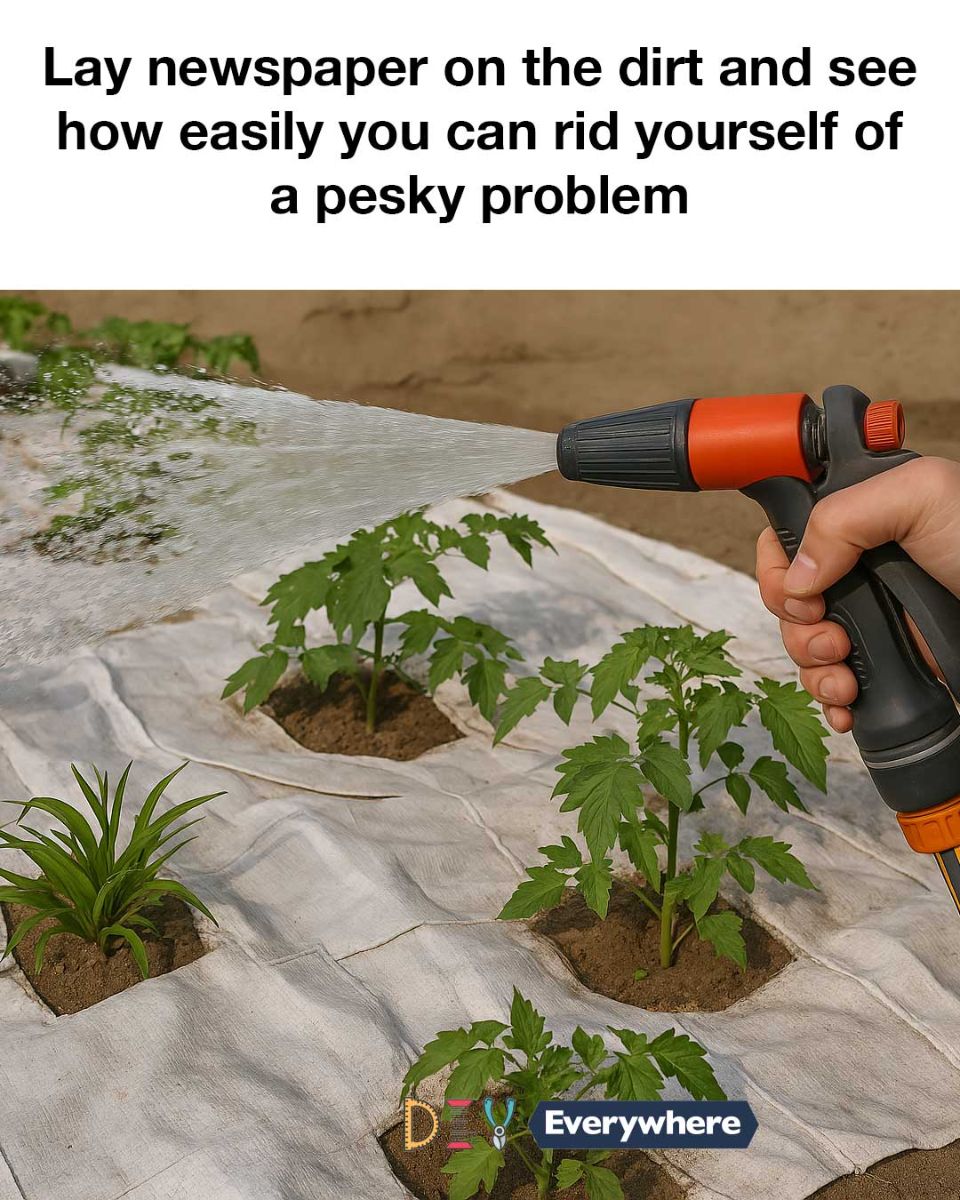ADVERTISEMENT
In the quest for a lush, thriving garden, weeds are often the gardener’s most persistent adversary. While chemical herbicides offer a quick fix, they can harm the environment and disrupt the delicate balance of your garden ecosystem. Fortunately, there are natural methods to combat weeds that are both effective and environmentally friendly. One such method is the use of newspaper as a weed suppressant. This technique not only recycles old newspapers but also provides a non-toxic solution to keep your garden weed-free.
The Science Behind Using Newspaper for Weed Suppression
Newspaper acts as a physical barrier that blocks sunlight from reaching the soil, which is essential for weed seed germination. Without light, most weed seeds cannot sprout, effectively reducing the number of weeds in your garden. Additionally, as the newspaper decomposes, it enriches the soil with organic matter, improving soil health and structure. This method leverages the natural decomposition process, turning a simple material into a powerful tool for weed control.
Advertisement
Materials Needed for Newspaper Weed Control
To implement this method, you will need a few basic materials: a stack of old newspapers (avoid glossy pages as they may contain harmful inks), a garden hose or watering can, organic mulch such as straw, wood chips, or shredded leaves, and a pair of gardening gloves. These materials are often readily available and inexpensive, making this method accessible to gardeners of all levels.
Step-by-Step Guide to Using Newspaper to Eliminate Weeds
Follow these steps to effectively use newspaper for weed control in your garden. This guide will walk you through the process from preparation to maintenance, ensuring you achieve the best results.
Step 1: Gather Your Materials
Collect enough newspapers to cover the area you wish to treat. Ensure you have a sufficient amount of mulch to cover the newspaper layer. Gather your watering tools and put on your gardening gloves to protect your hands during the process.
continued on next page
ADVERTISEMENT
